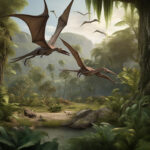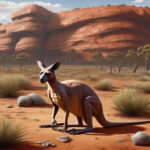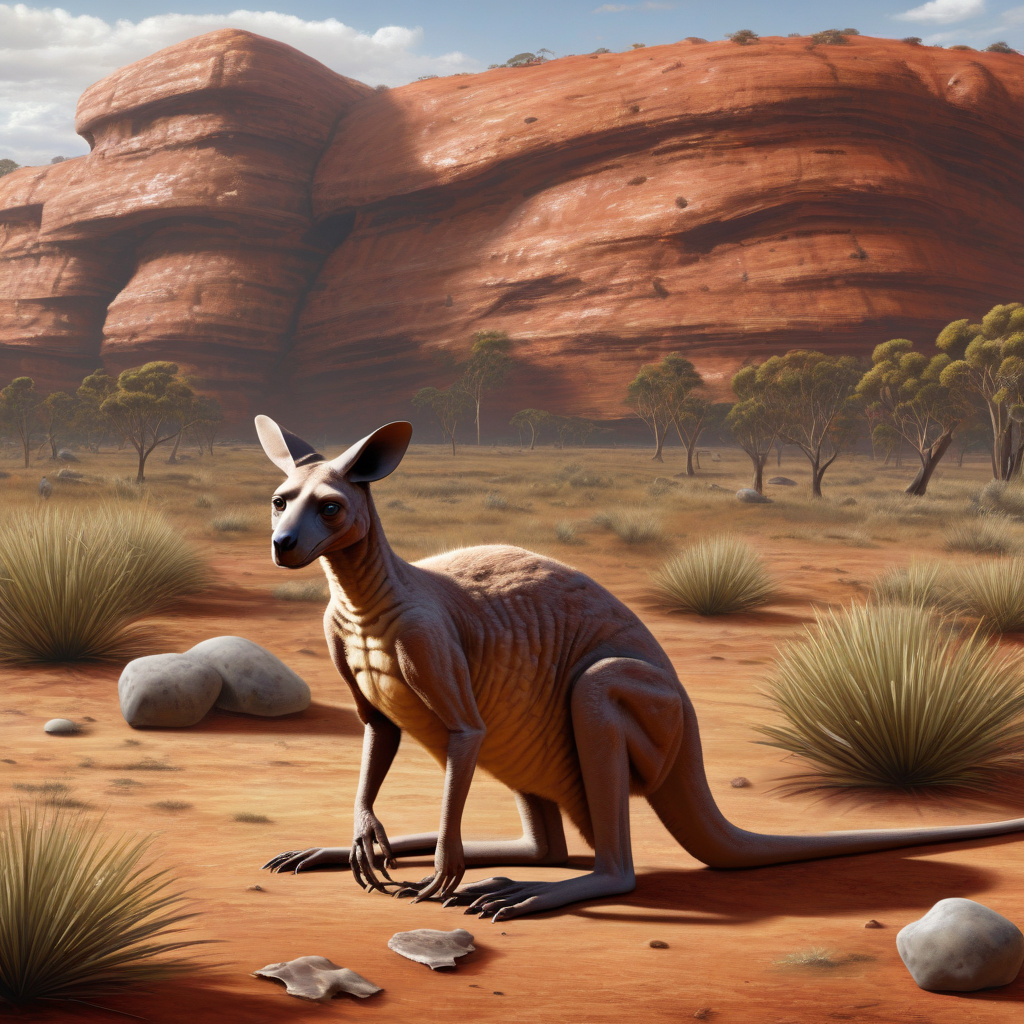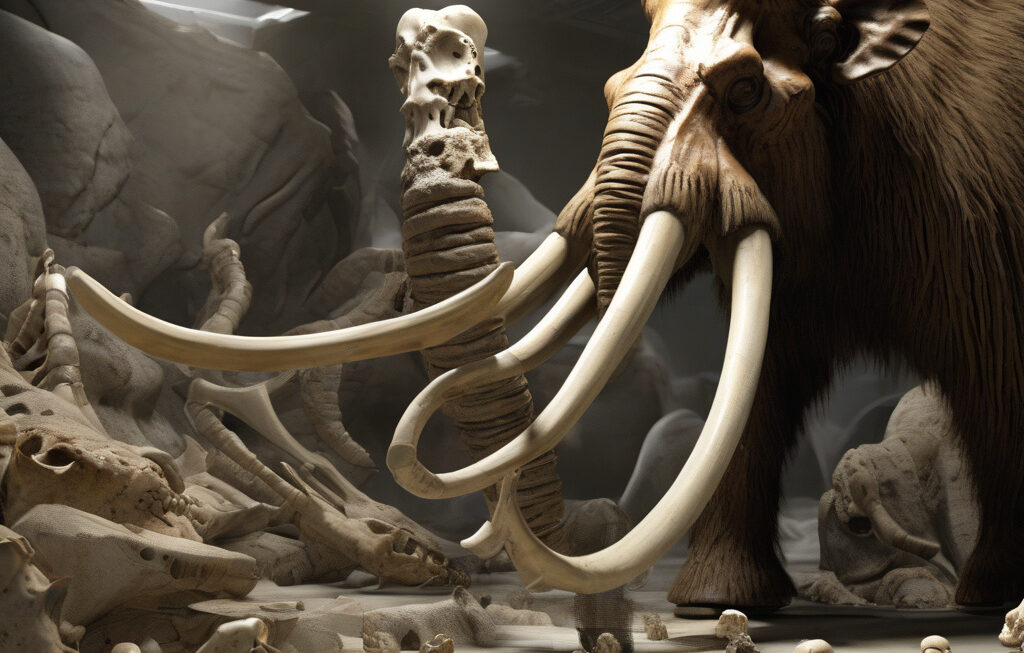Fossil Discovery Reveals New ‘Ghost’ Species of Kangaroo Relative in Australia
Researchers in Australia have made a groundbreaking discovery that sheds light on the ancient biodiversity of the continent. A new species of bettong, a small marsupial related to kangaroos, has been unearthed along with two subspecies, all of which had been previously unknown to science. These fascinating creatures, now extinct, offer a glimpse into Australia’s rich evolutionary history and the diverse range of species that once roamed the land.
The findings, published in the journal Nature Communications, were the result of meticulous excavation work in the Nullarbor Plain region of Western Australia. The fossils, dating back millions of years, were remarkably well-preserved, allowing researchers to piece together the puzzle of these elusive creatures’ existence. Through detailed analysis of the skeletal remains, scientists were able to determine that they belonged to a new species of bettong, which has been named Bettongia anhydra. The name, derived from Greek roots meaning “without water,” reflects the arid environment that these animals once inhabited.
What sets Bettongia anhydra apart from its modern-day relatives is its unique physiological adaptations. The ghost species, as researchers have affectionately dubbed it, had specialized features that enabled it to thrive in the harsh desert conditions of ancient Australia. Its teeth were well-suited for grinding tough vegetation, indicating a diet that differed from that of present-day bettongs. This discovery challenges previous assumptions about the ecological niches occupied by extinct marsupials and highlights the importance of continued exploration and research in paleontology.
In addition to the new species, the study also identified two subspecies of Bettongia anhydra, each exhibiting slight variations in size and morphology. These findings further emphasize the complexity of Australia’s prehistoric fauna and the intricate relationships that existed between different populations of animals. By reconstructing the evolutionary history of these kangaroo relatives, researchers hope to gain insights into the factors that shaped their diversity and eventual extinction.
The discovery of Bettongia anhydra and its subspecies underscores the significance of fossil evidence in expanding our understanding of past ecosystems. Through careful examination of these ancient remains, scientists can piece together the intricate web of life that once thrived in Australia’s diverse landscapes. By studying the adaptations of extinct species, researchers can also glean valuable information about how plants and animals respond to environmental changes over time.
As we continue to unravel the mysteries of Australia’s natural history, each new fossil discovery brings us closer to reconstructing the lost world of ancient marsupials. The story of Bettongia anhydra and its ghostly relatives serves as a poignant reminder of the fragility of life on Earth and the importance of preserving biodiversity for future generations to appreciate and learn from.
In conclusion, the unearthing of a new ‘ghost’ species of kangaroo relative in Australia represents a significant milestone in paleontological research. By piecing together the puzzle of these ancient marsupials, scientists have opened a window into Australia’s past, offering valuable insights into the evolution and diversity of its unique wildlife.
fossil discovery, Australia, kangaroo relative, bettong, paleontology












